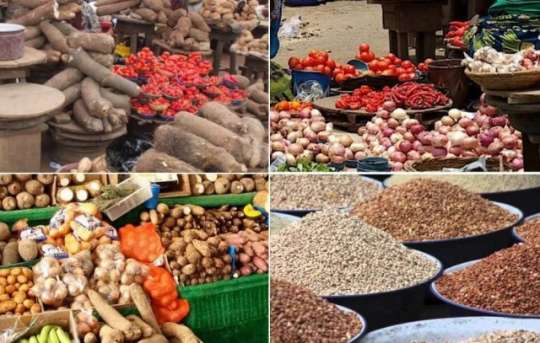Known as an agrarian region, it is estimated that 537, 659 of the Upper East Region’s population are farmers.
As a result, Upper East Regional Extension Officer, Zimi Alhassan said the region was able to produce enough food in the 2021 farming year to feed the over 1.3 million population in the year 2022. He said a total of 179,337 metric tonnes of food surplus was recorded after residents in the region had enough food to eat.
Among the crops that constitute the surplus recorded include maize, millet, rice, groundnut, sorghum, cowpea, and soya bean.
Unfortunately, Mr. Zimi said the authorities at the regional department of food and agriculture cannot account for the whereabouts of the entire food surplus recorded last year.
The Upper East Regional Extension Officer, Zimi Alhassan suspects that some of the food surpluses were smuggled out of the region to neighbouring countries through the region’s porous borders.
“The 179, 000 metric tonnes that have been declared from our food balance sheet, it means that after the 1.3 million residents in every household in Upper East Region have eaten to their full and that is the surplus left and that goes into the markets. [But] whichever markets they enter, that is our worry now, we don’t know who buys them, we don’t know where they go. But looking at the interactions, the porous nature of our borders, we’ve been seeing our neighbours from the Sahel regions trooping into our markets. We can say confidently that these commodities are being smuggled to our neighbouring countries.”
Mr. Zimi revealed this during a Regional Agribusiness Platform (RABP) on the performance of agriculture.
He bemoaned the value of revenue lost Ghana experienced from the smuggling of the 179, 337 metric tonnes of food surplus in the Upper East Region is enough “to construct a road from Bolga to Fumbisi”, which is proximately 93km road.
The Regional Extension Officer has therefore called for concerted efforts to curb the smuggling of major commodities across the borders.
Speaking on the outlook of the food situation for the year 2023, Mr. Zimi said the region experienced a drought that contribute to a decline in maize cultivation but a rise in groundnut, cowpea, sorghum, and soya bean cultivation.
Regardless, of the impact the spillage of the Bagre and Kampianga Dams would have on the outlook of the food situation in 2023, Mr. Zimi believes there will be enough food to feed the region’s population at a stable price.
Source: A1Radioonline.com|101.1Mhz|Joshua Asaah|Bolgatanga


